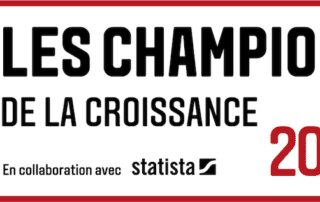TDD (Test Driven Development) is a test-driven development method. It's just one of many approaches for controlling the quality of software and applications.
TDD iterative methodology
People often tend to confuse the notion of test first with TDD. Let's take a look at TDD (Test Driven Development) first. It's a development methodology that starts with unit tests. These tests are then validated one by one to obtain the simplest, most efficient code possible. Why is it an iterative technique? Because the tests created at the outset will all be recreated in order to match the final expectations as closely as possible. This pushes developers to correct bugs in real time, and also to adapt and modify code. What's more, they perform these actions for each test written, each feature requested, each new feature requested.
For more information: QA Manager: what is it? (bluesoft-group.com)
In fact, it's a bit like a GPS. Tomorrow, I want to go somewhere for the weekend, and I know the route by heart. Let's say there's an accident on the road, and I have to change my itinerary. GPS, whether it's Waze, Google Maps or something else, will help me. Step by step, route by route, I'll be able to find one of the most optimized paths to my destination. TDD is really this approach. It's a slightly different way of developing. In the end, we make sure we get the most relevant development cycle possible. The result is an application or software that is fully tested and much more qualitative.
Also worth knowing: Pair Programming: two developers for better results (bluesoft-group.com)
The different phases of TDD
This development cycle is divided into 3 phases: green, red and refactor.
RED
You need to write a test for the new functionality or the desired enhancement. This test is destined to fail on the first run. Yes, that's unusual. But the point is to look for this failure, because the code for the feature under test doesn't exist. This is known as the "Red" phase, as failed tests are often marked in red. The point is to write the test first, so that you can reflect on the code as best you can before writing it and adapting it to your needs.
GREEN
Next, the developers will write the simplest, crudest code to validate the previous test. The code is called "Green" because successful tests are marked in green. The code really doesn't have to be complete or perfect; the minimum is that it responds to the test to validate it.
REFACTOR
The importance of this phase is to improve the code without changing the behavior of the test initially written. Developers will improve structure, readability and performance, but retain the test response. As the tests written at the outset are existing requirements for the final application, it is vital that they continue to succeed.
Find out more: QA tools for application testing (bluesoft-group.com)
The benefits of TDD
This cyclical approach is increasingly favored by development teams for its agile approach. With the constant evolution of computer programs and the desire to produce ever more high-quality applications or software, TDD guarantees a number of advantages:
- Reduced bugs: as tests are written upstream of the code, and are tested before being integrated. This greatly reduces the number of bugs.
- Improved software design: developers will have to think about the design of the application before writing the code. In fact, the needs and functionalities of the software will be identified long before it is written. This will enable them to make judicious design choices that are, above all, adapted to demand.
- Development strategy: the different stages are precise and do not overlap. Each operation corresponds to a phase, and it's essential to follow the thread.
- Automatic documentation: tests written upstream will provide a written record of how the application works. This will ensure a better understanding of all new features and functionalities, and guarantee better code coverage.
- Specific features: application or software development is based on the precise requirements identified through testing. This guarantees full compliance with requirements and avoids unnecessary functionalities.
- Continuous integration: these development cycles enable continuous integration as well as an Agile methodology that guarantees the production of a software or application that is qualitative in every respect.
If you'd like to find out more about this method, take a look at our video:






